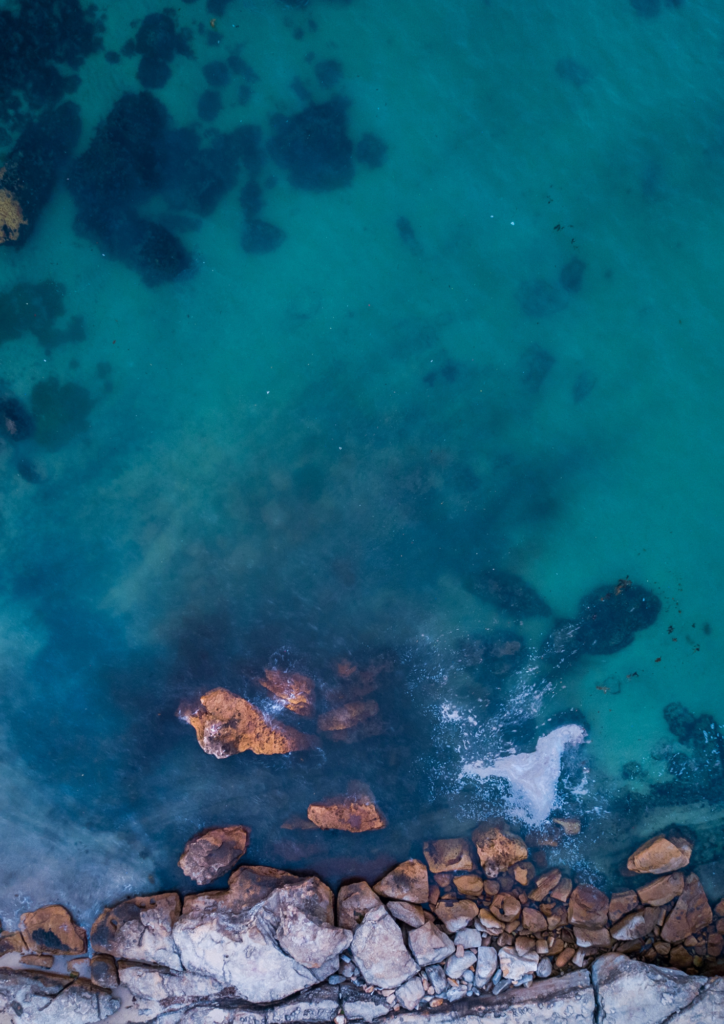Work package 4
Developing new theories for marine biodiversity, ecosystem function, and their relationships
Image credit: Karim Iliya / Kogia
New theories
WP4 aims to develop new theories about the relationship between marine biodiversity and ecosystem function – and scale these theories into new predictive models.
Empirical surveys have identified complex, large-scale trends in marine microbial diversity. But we still have major gaps in our ability to attribute these patterns to individual mechanisms. Theories can help to bridge this gap, linking observed trends with specific mechanisms.
In this WP, we will explore factors responsible for driving marine biodiversity – and their organisation across space and time. We will also determine which elements of biodiversity, such as keystone species and host-microbe interactions, are vital for ecosystem function and service provision.
This information will be key to influencing future conservation policies.

Overall, this WP seeks to:
Explore
the worldwide biodiversity of plankton - including the normal parameters of size, spectrum and shape, as well as finer scale details like metabolic diversity
Simulate
how ocean fluid dynamics and circulation affect functional and taxonomic biodiversity
Begin
to understand the role of biodiversity in the function of the marine ecosystem
Understand
the roles and mechanisms of interactomes and holobionts on biodiversity and ecosystem function
“BIOcean5D brings a large consortium of empirical and theoretical scientists together, which will help us deliver new theoretical insights rooted in empirical reality.”
Ben Ward
University of Southampton, UK
José-Maria Montoya-Teran
CNRS, France
José-Maria Montoya-Teran
CNRS, France



